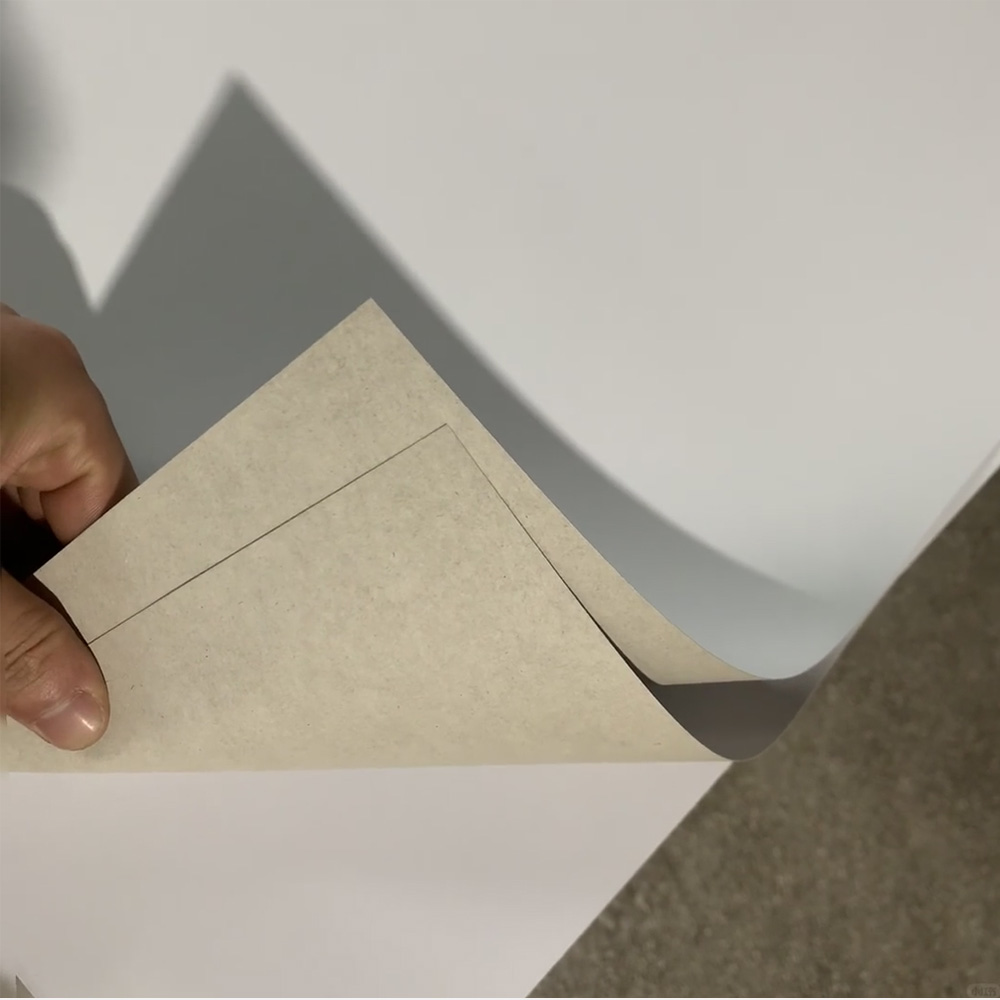Grey Back Duplex Board—also called GD Board, Grey-back Folding Boxboard, Duplex with Grey Back—is a single-coated, multi-ply paperboard with a white, printable front and a grey reverse (typically from recycled fibers). It balances strength, stiffness, and printability, making it a staple for retail cartons.
Key Features
High stiffness & strength: Holds shape well after converting; good crush resistance for retail boxes.
Printable top side: Coated white front suited to offset, flexo, and UV printing with solid brand colors and fine text.
Cost-effective: Recycled fiber content lowers cost vs. premium SBS/GC grades while supporting sustainability goals.
Finishing-friendly: Works with lamination, varnish, foil stamping, emboss/deboss, spot UV, die-cutting, and gluing.
Basis Weights & Formats
Typical grammage: 250–450 gsm (heavier options available by brand).
Supply forms: Sheets or reels. Common sheet sizes include 787 × 1092 mm and 889 × 1194 mm (check local stock).
Common Applications
Folding cartons: personal care, dry foods & snacks (indirect contact), tea/confectionery boxes, apparel accessories, toys, and small electronics.
Inserts & dividers: e-commerce shims, separators, and protective pads.
For direct food or pharma contact, select grades certified for contact or use an inner liner/bag as a barrier per regulations.
Quick Comparisons
- SBS / C1S / C2S (Solid Bleached Board):GD is more economicaland often stiffer at the same gsm, but typically has lower whiteness, smoothness, and strength uniformity than premium SBS.
- GC1/GC2 (White Back Folding Boxboard):GC is white on both sidesfor cleaner inside appearance; GD offers a grey reverse at lower cost—choose based on brand positioning and budget.
Sustainability & Compliance
High recycled fiber content; widely recyclable and available with FSC® options.
For food-related uses, verify migration/odor performance and regional food-contact compliance (and consider functional barriers when needed).
Handling & Converting Tips
Condition (acclimate) to pressroom climate before printing to minimize curl and dimensional drift.
For large solid dark areas, consider anti-scratch matte film or protective varnish to improve rub resistance.
Set proper creasing rules and matrix; validate glue type and score depth with a quick make-ready test.
